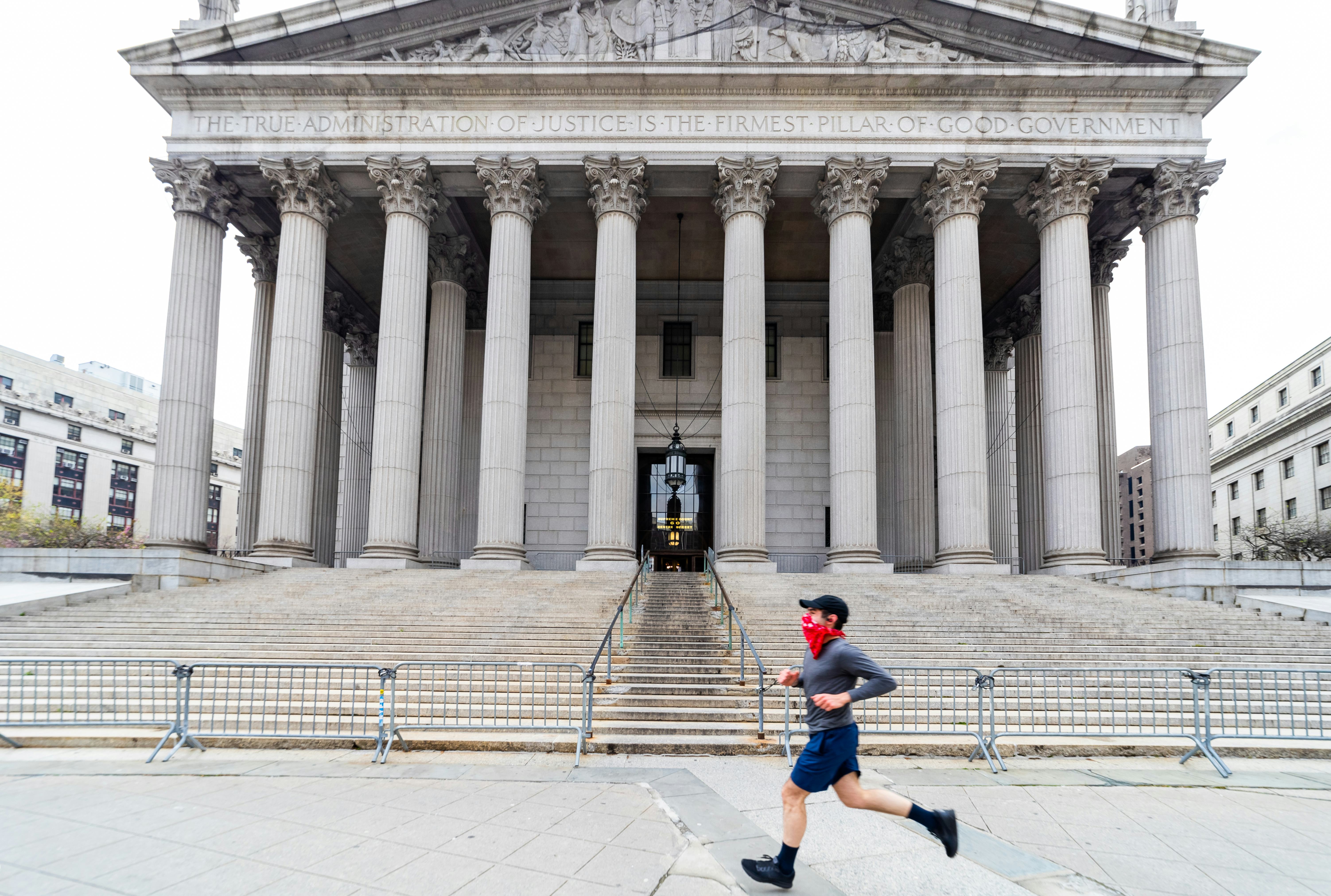
For the first time in over a decade, a longstanding effort to give the general public an audience into Supreme Court cases has moved out of a Senate committee, clearing the way for some genuine transparency into the highest court in the land.
Introduced in March by Senate Judiciary Committee Chairman Dick Durbin (D-Ill.), the Cameras in the Courtroom Act, officially S.B. 807, "requires the Supreme Court to permit television coverage of all open sessions of the court," although it allows the justices to vote to deny broadcasts if they feel it could directly affect the proceedings. The bill enjoys bipartisan support, with Sen. Chuck Grassley (R-Iowa), the Senate Judiciary Committee's ranking member, speaking forcefully in favor of the measure at the onset of Thursday's hearing.
"I think if the American people can see how justice is done, they’ll have a better appreciation for it," Grassley explained. "Right now the working of the courts is a remote process that most people don't really know about unless they're lawyers or criminals. These bills would help change that."
Democratic Sen. Amy Klobuchar (Minn.) also spoke out in support of the bill, citing the recent trial of former Minneapolis police officer and convicted murderer Derek Chauvin as an example of how cameras in the court can help increase trust and transparency in the judicial system as a whole.
"It was a moment of redemption in part because people could see their fellow citizens talk about what happened," said Klobuchar, a former prosecutor herself. "If that hadn't been televised, the verdict could probably have been the same, but people wouldn't have been able to see that and share in that moment," she added.
Of course, not all Judiciary Committee members were quite so quick to back the bill. "I think it is better for our country if the Supreme Court is a little more boring and doesn't have Judge Judy as the dynamic in the courtroom," Sen. Ted Cruz (R-Texas) argued, claiming the presence of cameras raised the risk for acting up in front of an audience, rather than focusing on the case at hand.
"Every single one of us [in the Senate] behaves dramatically differently when that C-SPAN camera is on than when we're in a classified briefing," Cruz added. Notably, senators are elected officials who need buy in from constituents, while Supreme Court justices are appointed to lifetime positions by the president.
Currently, the Supreme Court makes audio recordings of its proceedings public at week's end, but it doesn't allow video recordings at all. When SCOTUS rulings are made, the public first learns of them thanks to the clichéd "running of the interns," wherein news network employees physically run from the Supreme Court building to relay important decisions to reporters.
Joining the Cameras in the Courtroom Act in passing through the Judiciary Committee was the similar Sunshine in the Courtroom Act, sponsored by Grassley, which "establishes a framework to allow federal court proceedings — in district courts, in circuit courts, and at the Supreme Court — to be photographed, recorded, broadcast, or televised."
That bill, however, has faced fierce opposition from the Judiciary Conference of the United States, the policy-making body that oversees the federal court system. In a letter to the Judiciary Committee, Conference Secretary Roslynn Mauskopf urged the senators not to pass the bill, in the belief that "the intimidating effect of cameras on litigants, witnesses, and jurors has a profoundly negative impact on the trial process."
Mauskopf did stress that while her organization opposes cameras in the federal courts, "the Judicial Conference does not speak for the Supreme Court and it would not be appropriate for the Judicial Conference to promulgate mandatory guidelines for them."







